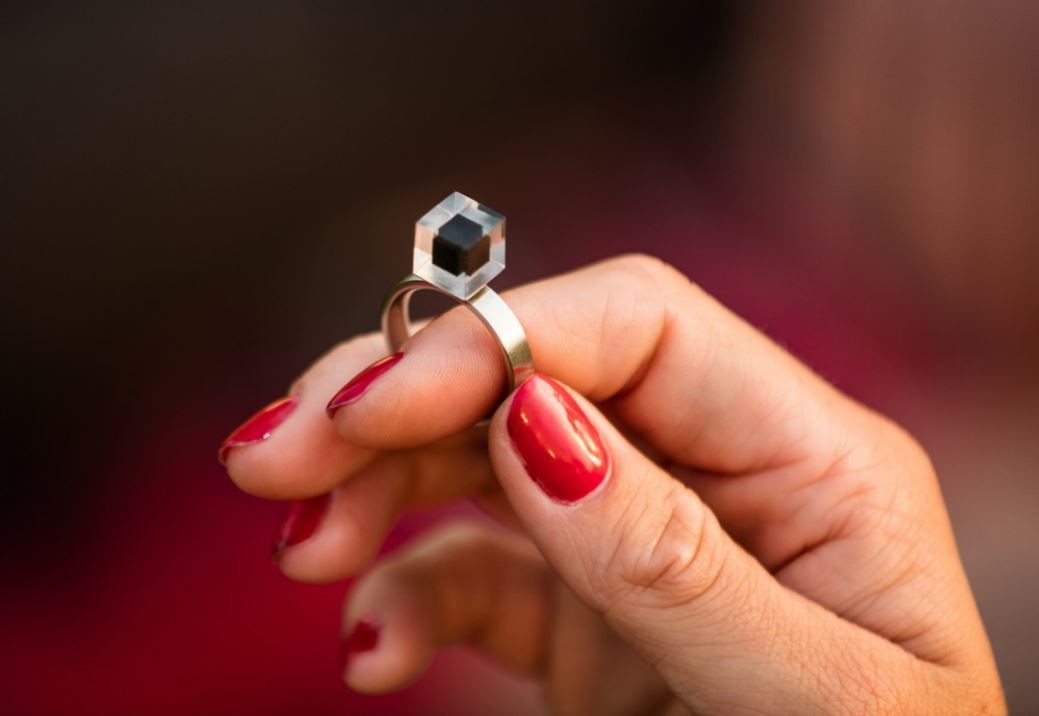Why turning China's smog into diamonds isn’t as crazy as it sounds

It started with a dream, the dream of clean air for everyone. Image: REUTERS/Prometeo Lucero
Dutch artist Daan Roosegaarde has come up with an innovative plan to tackle Beijing’s air pollution problem – and in doing so, turn a health hazard into a thing of beauty.
After a pilot in Rotterdam, the Smog Free Project is coming to China. The project consists of two parts. First, a 7m tall tower sucks up polluted air, and cleans it at a nano-level. Second, the carbon from smog particles is turned into diamonds. Yes, diamonds.

“It started with a dream,” he said at the World Economic Forum’s Annual Meeting of the New Champions. “The dream of clean air for everyone.”
An idea born in Beijing
Roosegaarde explained how the idea for the project came to him while he was looking out of a Beijing hotel window.
“On Saturday, I could see the world around me, the cars, the trees, the people. But on Wednesday it was completely covered in smog, with pollution, and that image made me a little bit sad.”
Ultimately, we’ve created environments that none of us want, he said. Where children have to stay inside, and where the air around us is a health hazard.
Now though, in the city where he conceived the idea, and with the help of the Beijing government, Roosegaarde has launched his project in China.
The towers suck up polluted air, and clean it, releasing it back into parks and playgrounds. And according to Roosegaarde, these areas are 70-75% cleaner than the rest of the city.
Following Beijing, the project is set to tour other Chinese cities.
From smog to diamond
The other aspect of the project will see the captured smog transformed into diamonds. 32% of Beijing’s smog is carbon, which under 30 minutes of pressure can be turned into diamonds.
“As a designer, I’m like, this [the Beijing smog] is something we should use, this is something interesting,” he said. “In the future waste should not exist.”
The money raised by jewellery made with these diamonds will go towards supporting the development and building more Smog Free towers.

Have you read?
Annual Meeting of the New Champions Session: Designing cleaner cities
Don't miss any update on this topic
Create a free account and access your personalized content collection with our latest publications and analyses.
License and Republishing
World Economic Forum articles may be republished in accordance with the Creative Commons Attribution-NonCommercial-NoDerivatives 4.0 International Public License, and in accordance with our Terms of Use.
The views expressed in this article are those of the author alone and not the World Economic Forum.
The Agenda Weekly
A weekly update of the most important issues driving the global agenda
You can unsubscribe at any time using the link in our emails. For more details, review our privacy policy.
